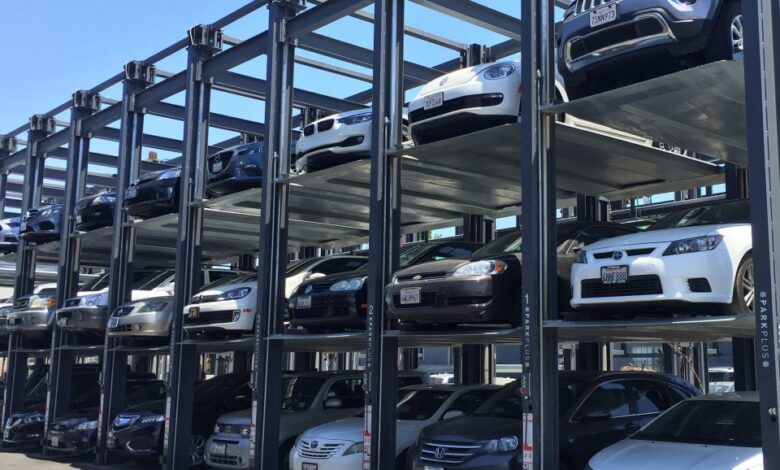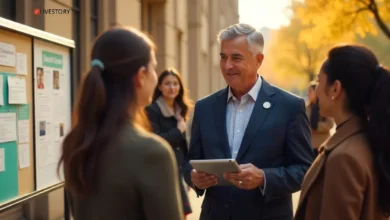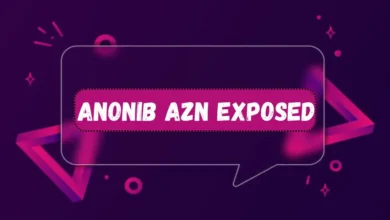Understanding VRR Parking: A Modern Solution for Smart Urban Mobility

VRR Parking is one of those daily urban challenges that doesn’t seem like a big deal—until you’re driving in circles for 30 minutes trying to find a spot. With cities getting busier and cars becoming more common, smarter solutions are in high demand. One such innovative approach is VRR Parking. But what exactly is it? Let’s dive into the concept and why it’s becoming a buzzword in smart city planning.
What is VRR Parking?
VRR Parking stands for Vehicle Reservation and Recognition Parking—an intelligent parking system that combines technology, automation, and data to optimize parking spaces in urban areas.
First and foremost, VRR Parking isn’t just about installing cameras or boom gates. It’s a system that allows users to reserve parking spots in advance, often via mobile apps or online portals. Whether you’re heading to work, a concert, or the airport, you can secure your spot ahead of time. This completely changes the traditional model of “first-come, first-served.”
Secondly, VRR systems rely on license plate recognition (LPR) or other vehicle identification technologies to track vehicle entry and exit. This eliminates the need for paper tickets or even physical passes. The system identifies your car, logs your time, and charges you automatically based on duration.
Lastly, it integrates real-time data to improve the overall flow of parking operations. Traffic sensors, occupancy sensors, and smart signage all work together to provide both users and operators with live updates. That’s what makes it a game-changer in modern urban mobility.
Why Cities Are Embracing VRR Parking

One of the biggest reasons for adopting VRR Parking is simple: efficiency. Traditional parking systems are outdated. They cause bottlenecks, traffic congestion, and driver frustration. VRR, on the other hand, streamlines everything.
For starters, it reduces the time spent looking for parking, which studies show can be as much as 20 minutes per trip in busy areas. That adds up to fuel consumption, traffic jams, and stress. With VRR, drivers know where they’re going and when they’ll park, resulting in smoother city driving.
Secondly, revenue management becomes easier for municipalities and private operators. Since all transactions are logged digitally, operators can optimize pricing, detect misuse, and reduce fraud. The result? More income with less operational cost.
Additionally, cities benefit environmentally. Fewer cars driving in circles means lower CO₂ emissions. In a time when sustainability is a top priority, this is a major win for urban planners and governments trying to hit climate targets.
How VRR Parking Works in Real-Life Scenarios
Imagine you’re going to the airport. Normally, you’d stress over parking, especially during peak hours. But with VRR Parking, you open your app, choose your terminal, pick a time slot, and book your spot. When you arrive, the system recognizes your license plate, opens the gate, and logs your entry. No tickets, no queues.
This system is already being used in airports, malls, stadiums, universities, and even residential buildings. One key advantage is that it can be scaled depending on the size and needs of the facility. Whether you’re managing a 50-space private lot or a 5,000-space airport garage, VRR adapts seamlessly.
Another example is office complexes. Companies can assign VRR slots to employees, visitors, or executives. It reduces friction at entrances and enhances the corporate image—who doesn’t like a seamless arrival?
Also, for events like concerts or sports matches, organizers can offer VIP or prepaid parking, reducing on-the-day hassle and making the whole experience more premium.
The Technology Behind VRR Parking
Let’s talk a bit techy. VRR systems run on a combination of hardware and software. On the hardware side, you have cameras with automatic number plate recognition (ANPR), sensors to detect vehicle presence, and digital signage to guide drivers.
The software backbone is even more critical. It includes reservation platforms, cloud-based databases, payment gateways, and user management systems. Together, they make the parking experience smooth, secure, and scalable.
Security is also a top concern. Modern VRR systems come with data encryption, multi-factor authentication, and secure payment options. This ensures users’ data and money are always safe.
Integration with navigation apps like Google Maps or Waze is also growing. Some VRR systems now offer live availability updates inside these apps, guiding you directly to the nearest available slot—like magic, but real.
Pros and Cons of VRR Parking
Like any system, VRR Parking has its strengths and some limitations.
Pros:
- Convenience: Reserve from your phone, no last-minute surprises.
- Efficiency: Quicker parking, smoother traffic flow.
- Revenue Optimization: Better tracking and fewer leakages.
- Environmental Benefits: Less idling, fewer emissions.
- Scalability: Works for small lots and mega-structures alike.
Cons:
- Initial Cost: Installation of cameras, software, and systems can be expensive.
- Dependence on Tech: Power outages or internet failure can disrupt services.
- Privacy Concerns: Users may worry about vehicle data being tracked or stored.
- Learning Curve: Elderly or non-tech-savvy users may face difficulty at first.
But overall, the benefits far outweigh the drawbacks, especially when implemented thoughtfully.
As cities push toward becoming “smart cities,” VRR Parking will likely become standard. In the near future, we could see AI-powered prediction models that suggest when and where to park based on historical data, traffic flow, and events in the city.
Also, integration with autonomous vehicles is just around the corner. Imagine your self-driving car reserving a spot on its own and parking itself—VRR would be the key to making that seamless.
Furthermore, dynamic pricing models (like surge pricing) will evolve. Think Uber, but for parking—more expensive when demand is high, cheaper at off-peak times. This will maximize space usage and bring balance to urban traffic.
Final Thoughts
VRR Parking is more than just a tech trend—it’s a practical solution to a real-world problem. By making parking more intelligent, efficient, and user-friendly, it benefits drivers, businesses, and cities alike.
Whether you’re a city planner, a real estate developer, or just someone tired of endlessly circling the block, it’s time to pay attention to VRR Parking. The future of urban mobility doesn’t just drive—it parks smart too.
YOU MAY ALSO READ
VRR Parking



